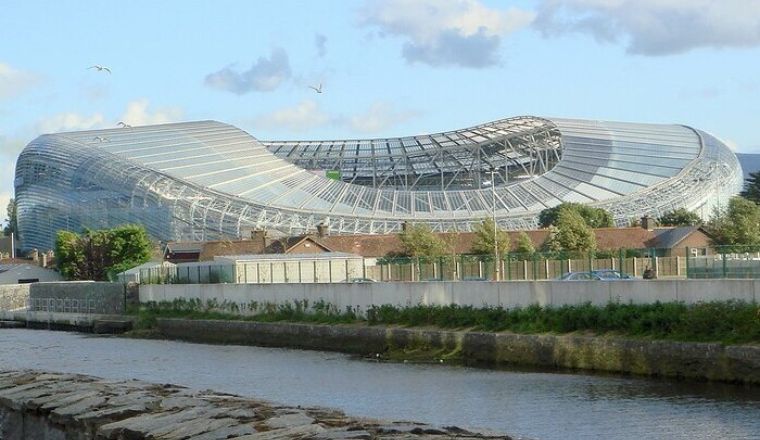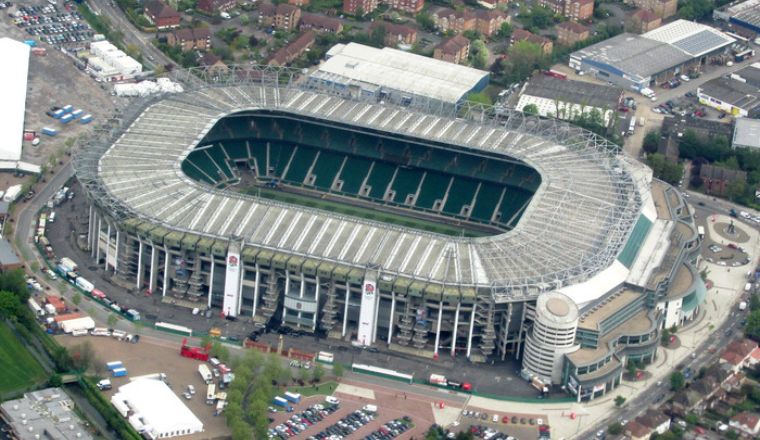Rugby League
Rugby League is a sport deeply entrenched in the fabric of British sports culture, with its stadiums standing as landmarks of both historical significance and modern sporting excellence. These grounds are not merely venues for matches; they represent the heart of the Rugby League community, where fervent fans and skilled players come together to celebrate the sport.
The stadiums dedicated to Rugby League across the UK vary greatly in size and character, reflecting the diverse nature of the game. From the bustling energy of the largest arenas to the more intimate settings of regional grounds, each stadium offers a unique experience and contributes to the rich tapestry of Rugby League.
Headingley Stadium in Leeds is one of the foremost venues in Rugby League. With a seating capacity of approximately 21,000, it serves as the home ground for both Leeds Rhinos and Yorkshire Carnegie. Opened in 1890, Headingley has a long history and has hosted numerous significant matches, including Rugby League World Cup games and domestic finals.
The stadium is renowned for its lively atmosphere, created by the passionate local support and the stadium’s compact design, which keeps the fans close to the action. Headingley continues to be a central hub for Rugby League in Yorkshire, playing a key role in the development of the sport at both the professional and grassroots levels.
The DW Stadium in Wigan is another key venue, with a capacity of approximately 25,000. It is home to Wigan Warriors, one of the most successful clubs in Rugby League history. The DW Stadium, opened in 1999, is known for its modern amenities and its role in continuing Wigan’s storied rugby tradition. The ground has hosted many memorable matches, including domestic finals and international fixtures, reflecting the high standard of play associated with the Warriors. The stadium’s design ensures an excellent view of the field from all seats, contributing to an engaging spectator experience.
In the West Midlands, The Molineux Stadium in Wolverhampton, primarily known as the home of Wolverhampton Wanderers Football Club, has also been used for Rugby League events. Although smaller than other major stadiums, with a capacity of around 32,000, The Molineux provides an intimate setting for Rugby League matches, offering a unique atmosphere that enhances the fan experience. The stadium’s versatile use showcases Rugby League’s ability to draw crowds across various venues, broadening its appeal.
Further north, The KCOM Stadium in Hull, with a capacity of approximately 25,400, serves as the home of Hull FC and Hull Kingston Rovers. This stadium is a key venue in the Rugby League landscape, hosting numerous high-profile matches, including Challenge Cup finals and Super League games. The KCOM Stadium’s modern facilities and central location make it a crucial venue for Rugby League in the region, and its design ensures a vibrant atmosphere for every match.
The AJ Bell Stadium in Salford, with a capacity of around 12,000, is another notable ground. It is the home of Salford Red Devils and is known for its contemporary design and community-focused approach. The AJ Bell Stadium has quickly become a cornerstone of Rugby League in Salford, supporting both professional fixtures and local rugby initiatives. Its facilities and layout contribute to a welcoming environment for fans and players alike.
These Rugby League stadiums, with their distinct features and histories, are integral to the sport’s growth and fan engagement. From the historic charm of Headingley to the contemporary facilities of Wigan Warriors and Hull Football Club, each stadium provides a unique experience that reflects Rugby League’s evolving nature.
For visitors planning to explore these Rugby League grounds, our in-depth guides provide essential information on their features, the teams that call them home, and travel directions. Learning about the history and significance of each Rugby League stadium enriches the visit, whether you’re attending a game or exploring the sport’s heritage.
Wigan Warriors Stadium: Guide to The Brick Community Stadium
The Wigan Warriors are a historic and successful rugby league club, calling The Brick Community Stadium their home since 1999. Previously known as...
ByRugby Stadiums6 Mins readWakefield Trinity Rugby Stadium
Wakefield Trinity Stadium, the home of the Wakefield Trinity Rugby League Football Club, is a key ground in English rugby. Known formally as...
ByRugby Stadiums5 Mins readWarrington Rugby Stadium – Warrington Wolves
Warrington Rugby Stadium, also known as the Halliwell Jones Stadium, is a premier venue for rugby league in the United Kingdom. Home to...
ByRugby Stadiums6 Mins readHeadingley Rugby Stadium: Guide to Leeds Rhinos’ Home Ground
Headingley Rugby Stadium, located in Leeds, West Yorkshire, is the home ground of Leeds Rhinos, one of the most successful rugby league clubs...
ByRugby Stadiums6 Mins readOdsal Stadium: Guide to Bradford Bulls’ Rugby Ground
Odsal Stadium, the home of the Bradford Bulls rugby league club, is a true icon in the history of the sport. Situated in...
ByRugby Stadiums7 Mins readLeigh Sports Village: Guide to the Home of Leigh Leopards Rugby
Leigh Sports Village, inaugurated in 2008, is a cornerstone of both local and regional sports, located in Leigh, Greater Manchester. The stadium is...
ByRugby Stadiums8 Mins readRugby League History: From 1895 to the Modern Game
Rugby League is a sport steeped in tradition, marked by a distinct history that sets it apart from its cousin, Rugby Union. Born...
ByRugby Stadiums10 Mins readSt Helens Rugby Stadium – St Helens R.F.C.
St Helens Rugby Stadium, a modern venue in the world of rugby league, serves as the proud home of St Helens R.F.C., one...
ByRugby Stadiums14 Mins read











